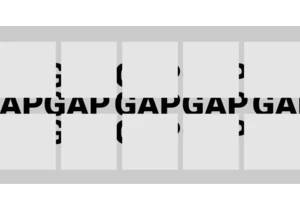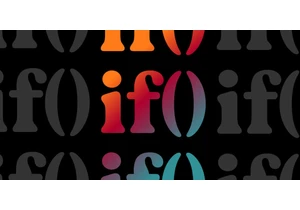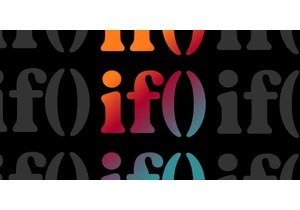I enjoyed this blog post from Shawn. Lampshading is apparently the idea of a TV show calling attention to some weakness (like an implausible plot point) so that the show can move on. By calling it out, it avoids criticism by demonstrating the self-awareness. For developers, Shawn notes, it’s like admitting to your teammates/boss that you don’t know some particular technology so the team can move on. Not only is this useful, it’s powerful. Higher-ups need to call out anything … Read article “The Power of Lampshading”
The post The Power of Lampshading appeared first on CSS-Tricks. You can support CSS-Tricks by being an MVP Supporter.
Войдите, чтобы добавить комментарий
Другие сообщения в этой группе

Styling the space between layout items — the gap — has typically required some clever workarounds. But a new CSS feature changes all that with just a few simple CSS properties that make it easy, ye

Being the bad boy I am, I don't take Tailwind's default approach to cascade layers as the "best" one. Over a year experimenting with Tailwind and vanilla CSS, I've come across what I believe is a b


KelpUI is new library that Chris Ferdinandi is developing, designed to leverage newer CSS features and Web Components. I've enjoyed following Chris as he's publishe

The CSS if() function enables us to use values conditionally, which we can already do with queries and other functions, so I’m sure you’re wondering: What exactly does if()

The CSS if() function was recently implemented in Chrome 137, making it the first instance where we have it supported by a mainstream browser. Let's poke at it a bit at a very high lev

Zell discusses refactoring the Resize, Mutation, and Intersection Observer APIs for easier usage, demonstrating how to implement callback and event listener patterns, while highlighting available o
